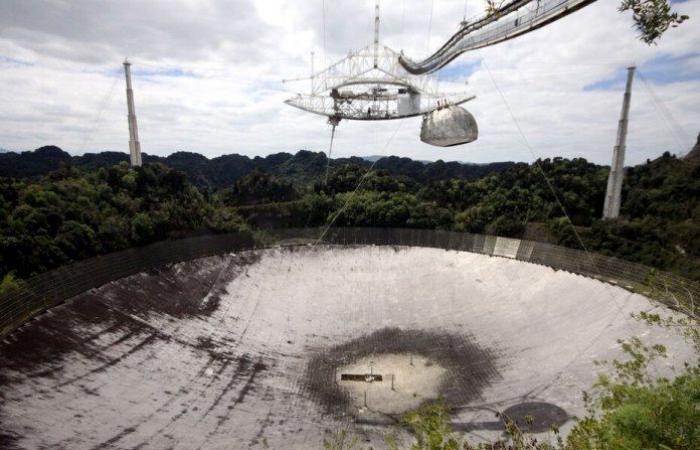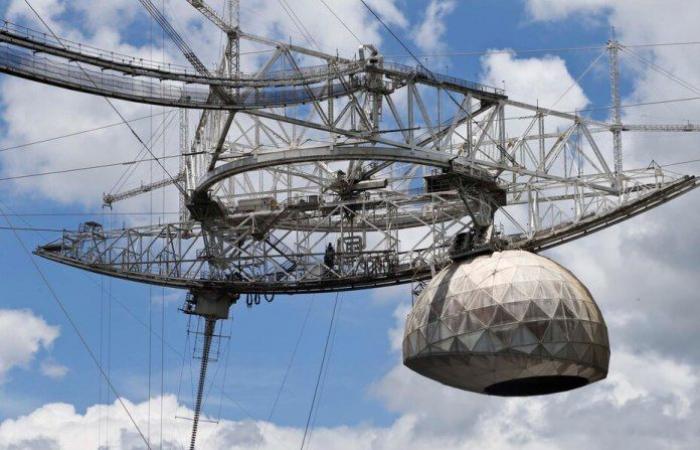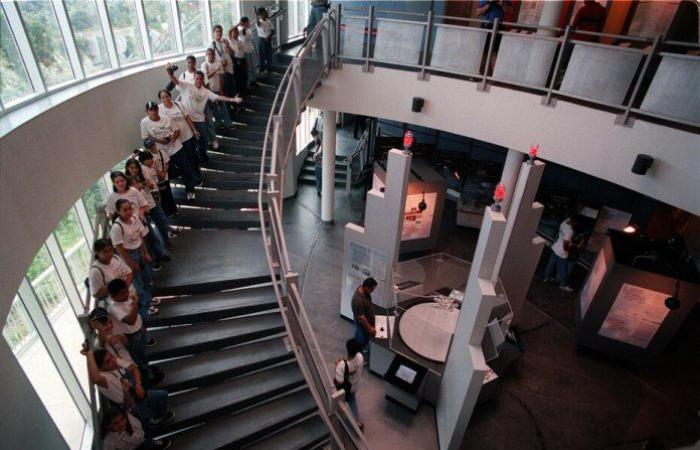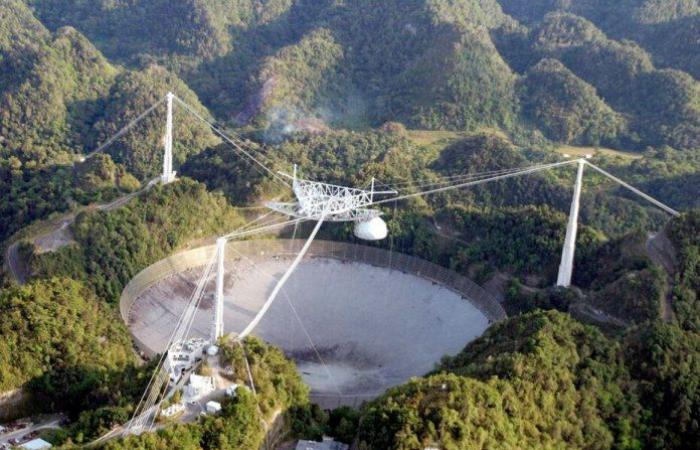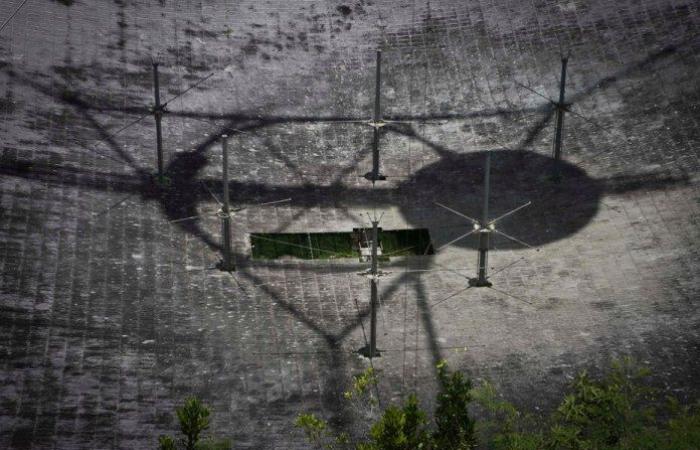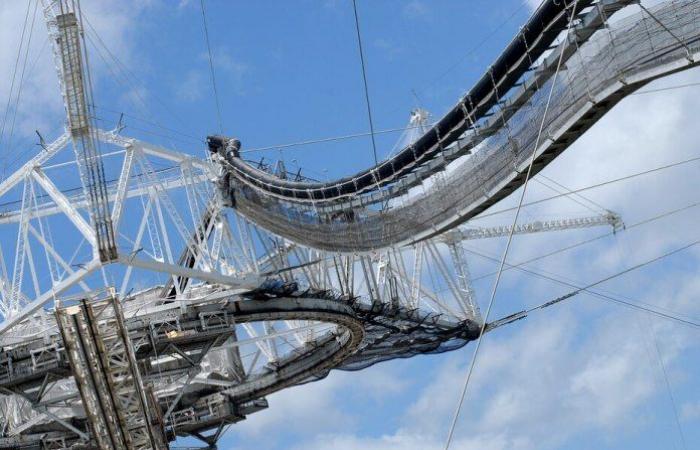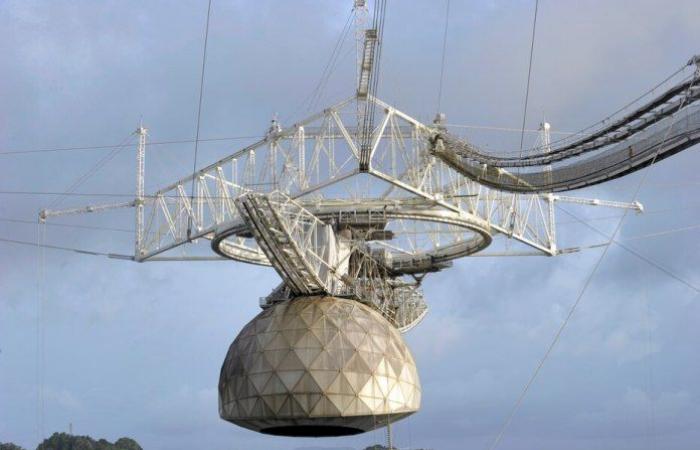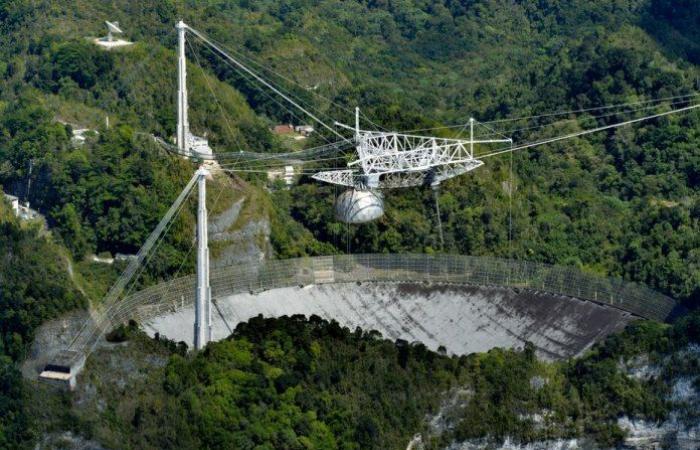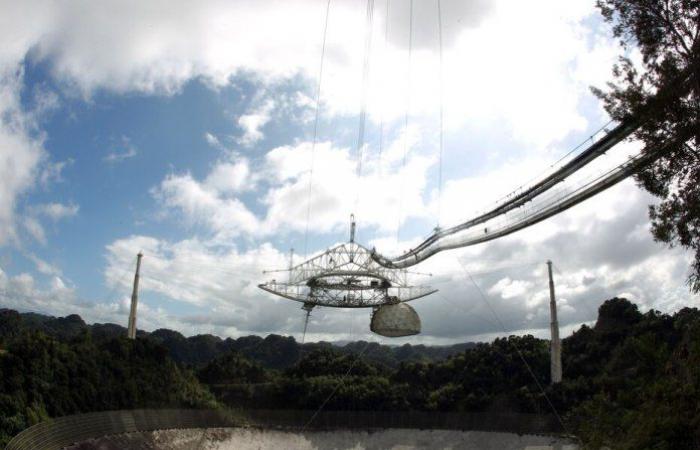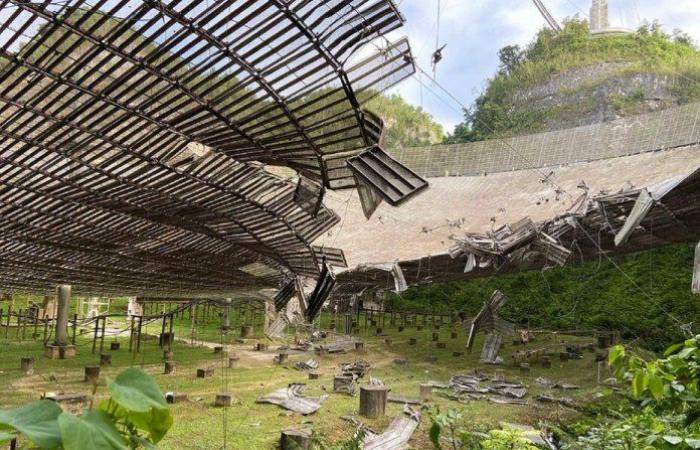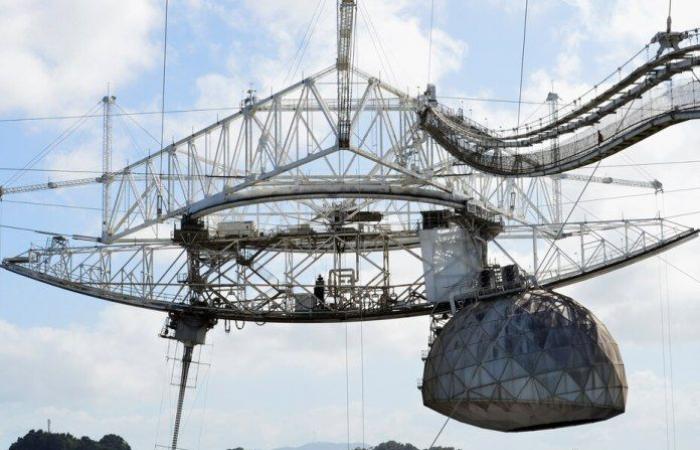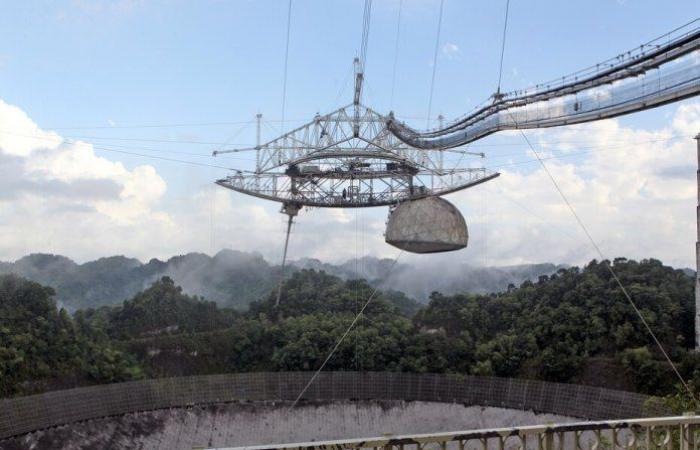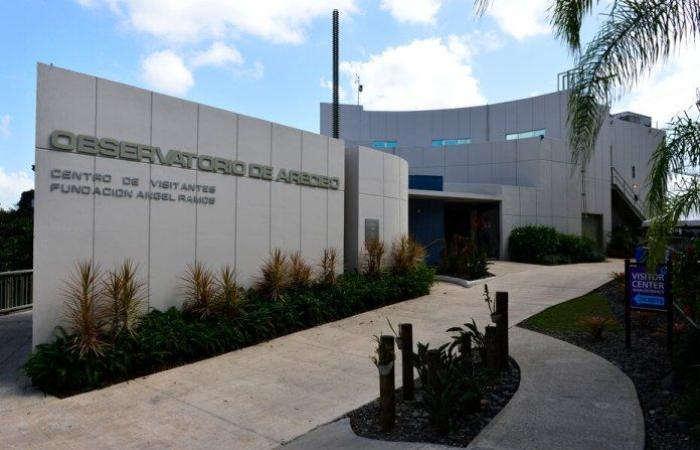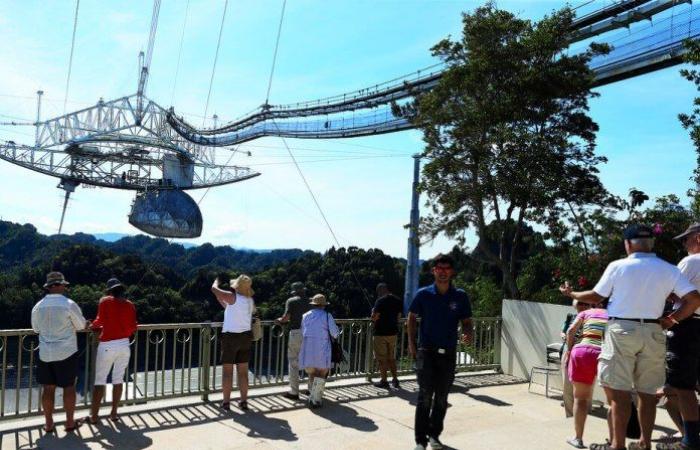The Puerto Rico Seismic Network (PRSN) recorded this morning a slight seismic wave from an earthquake that occurred in the Dominican Republic seconds before the Arecibo Observatory platform collapsed.
This was confirmed by the director of the agency, Víctor Huérfano, who explained to The new day that it was precisely the Observatory’s seismological station that recorded the seismic wave of the regional earth movement at around 7:52 and 35 seconds and then at 7:52 and 42 seconds, the major event that was the collapse of the entire scientific structure. The earthquake occurred in the Dominican Republic at 7:51 in the morning and was magnitude 4.0.
“It turns out that seismic activity has been observed in the Dominican Republic for a couple of days. And then, it just so happens that when we are seeing the signal of an earthquake that one of our instruments registered, it is when the fall of the (Gregorian) dome in Arecibo is detected. It was pure coincidence “, said the expert by telephone.
The Arecibo Observatory platform collapsed this morning after several months of deterioration due to structural failures in its support cables that, according to dozens of experts, could be rehabilitated and avoid their destruction.
Precisely, in the Observatory there is a seismological station that has a seismometer, accelerometer and GPS, so it has instruments capable of recording any seismic wave, although on the surface it is not appreciable neither for instruments nor for human beings.
-
The Arecibo Observatory is one of the architectural wonders of Puerto Rico with a high value for the local and international scientific community. (GFR Average)
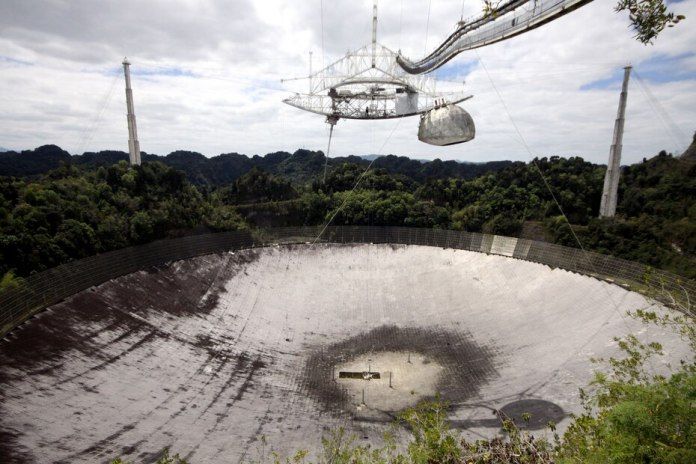
This research center was the epicenter of important scientific discoveries since it opened its doors on November 1, 1963 until the present. (GFR Average)
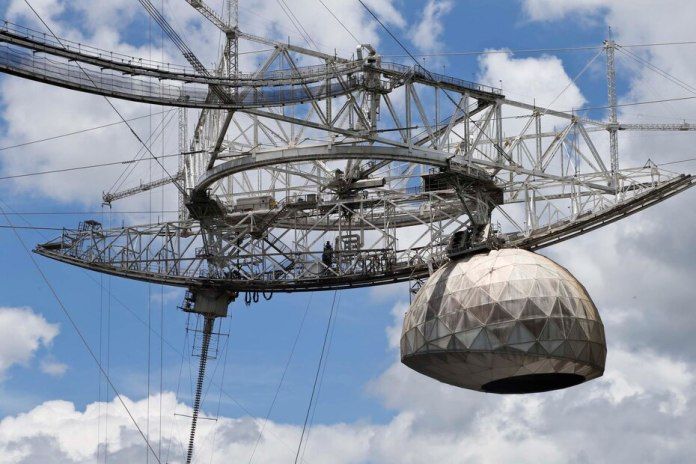 - Advertisement -
- Advertisement -Until 2016, it was the world’s largest fixed-aperture radio telescope with a 1,000-foot spherical reflector. (GFR Average)
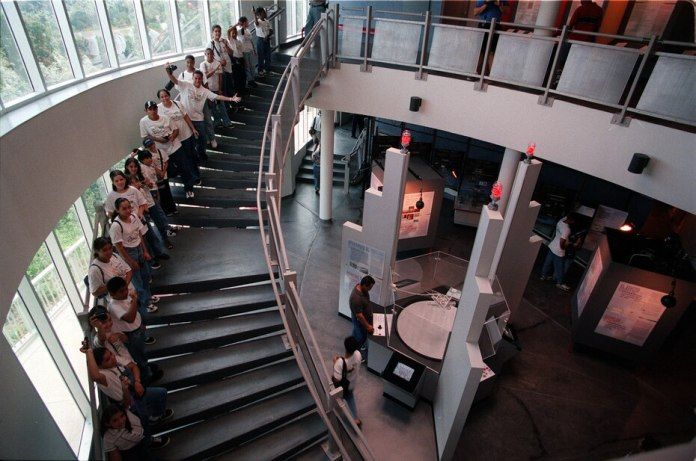
The Arecibo Observatory was used for astronomy using radio and radar frequencies, as well as for studying the Earth’s atmosphere. (GFR Average)
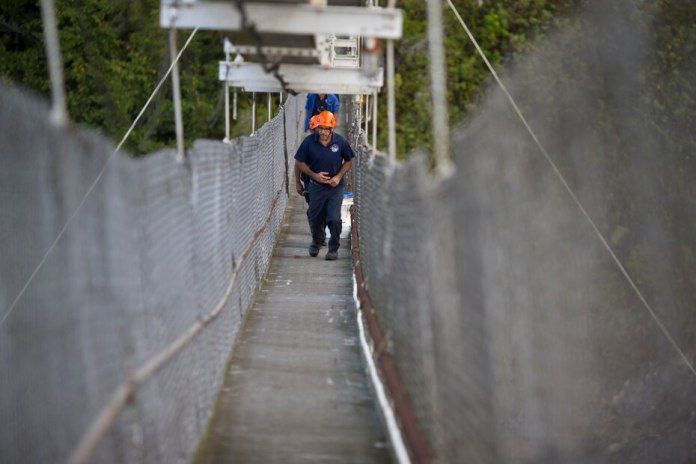
The construction of the Arecibo Observatory began in the mid-1960s under the supervision of Professor William E. Gordon of Cornell University. (Jorge Ramirez Portela)
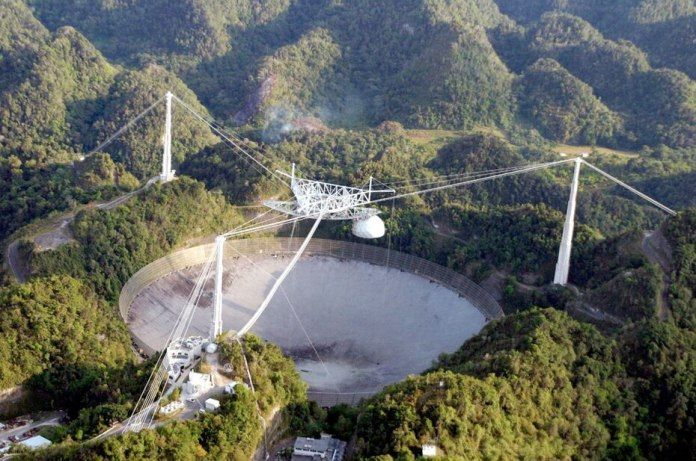
Currently, the radio telescope is managed by the Central University of Florida (UCF), the Cupey campus of the Ana G. Méndez University. (GFR Average)
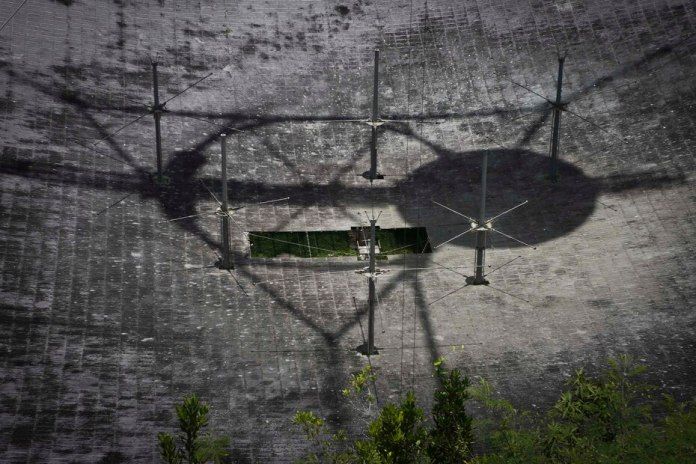 - Advertisement -
- Advertisement -Among other things, the Arecibo Observatory is known for hosting studies of the SETI program, which analyzes radio signals in search of intelligent life in space. (GFR Average)

In 1974 the radio telescope was used to send the “Arecibo Message”, a binary transmission directed to the globular group Messier 13, some 25,000 light years from Earth. (Jorge Ramirez Portela)

He was also a key player in the 1997 film “Contact,” starring Jodie Foster and Matthew McConaughey. (GFR Average)
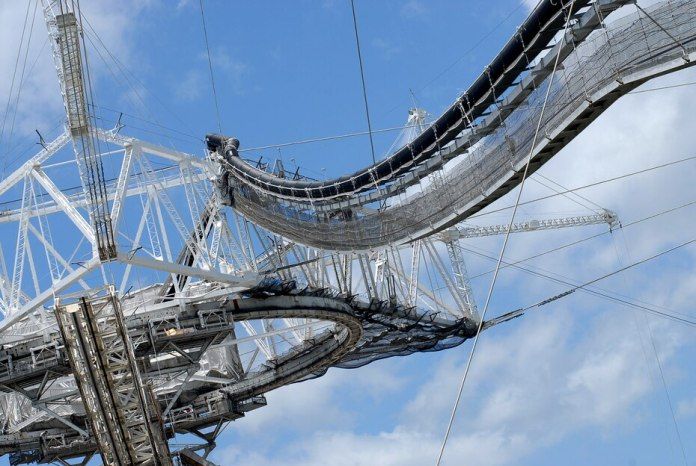
Meanwhile, in 1995 the radio telescope was the scene of James Bond’s final confrontation in the movie “GoldenEye”, and in 2010 a scene from the 2010 feature film, “The Losers” was filmed in the Gregorian Dome. (GFR Average)

In 1981, the Observatory produced the first radar maps of the surface of Venus, and in 1982 it was used to discover the first millisecond pulsar, a second class of pulsar, the PSR 1937 + 21. (GFR Average)
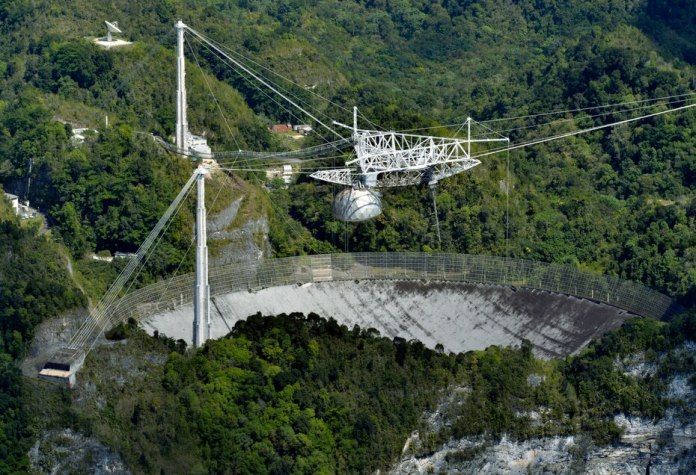
In 1992, scientists used the radio telescope to reveal, for the first time, the existence of ice at Mercury’s north and south poles, and that same year researchers discovered the first exoplanet. (GFR Average)

Subsequently, the existence of an entire planetary system around the PSR 1257 + 12 pulsar was revealed. (GFR Average)
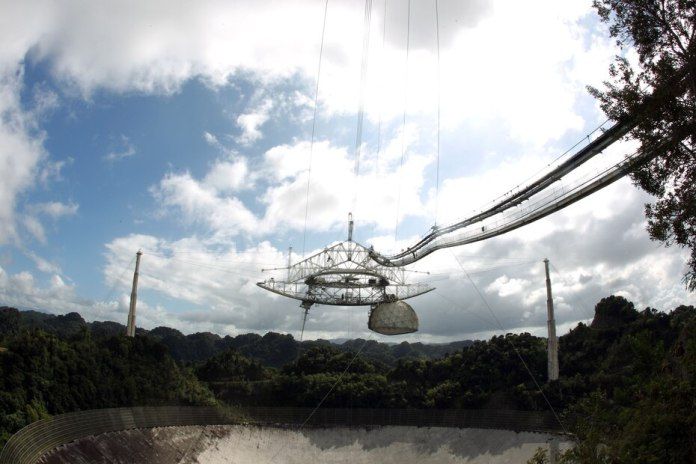
In 2017, the Arecibo Observatory found two pulsars with the ability to “disappear” for long periods of time. (GFR Average)
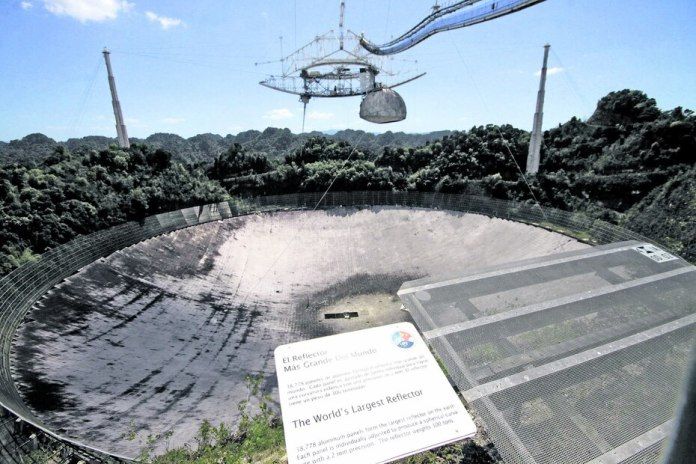
In August 2020, a support cable caused damage to the plate of the Arecibo Observatory, for which all observation work and scientific research were stopped. (GFR Average)
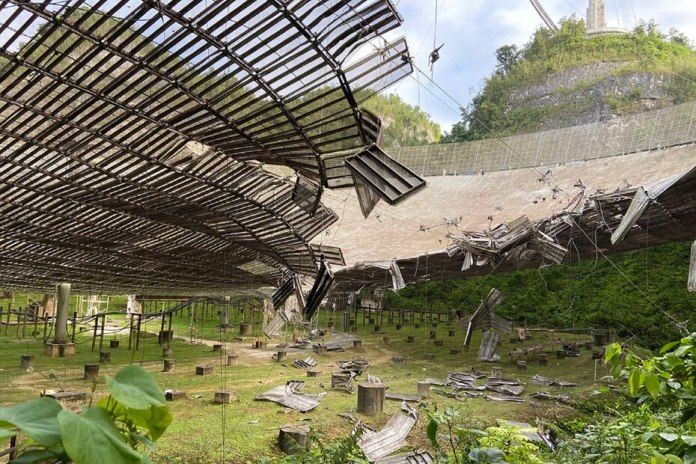
The cable created a nearly 100-foot-long crack in a section of the Arecibo Observatory dish.
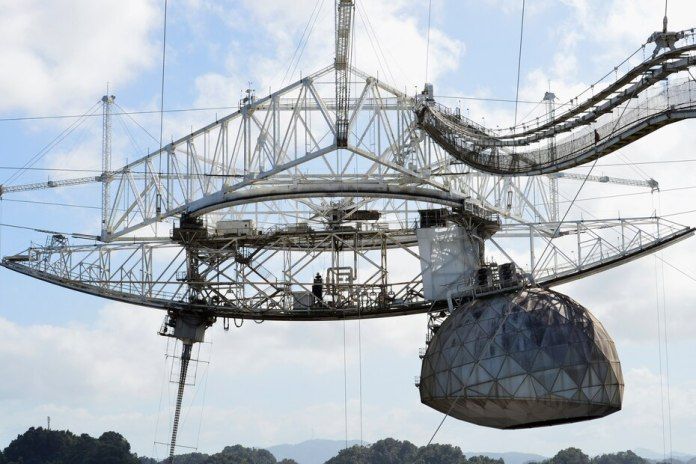
The cable that broke was one of 18 that supported the nearly 900 tons of weight of the receiver and transmitter module suspended above the reflector. (GFR Average)

Later, in November 2020, another support cable broke and caused damage to the structure plate. Both incidents put the structure at risk of collapse (GFR Average)

After several studies by engineers, the National Science Foundation decided to close completely to carry out a partial demolition of the structure. (GFR Average)
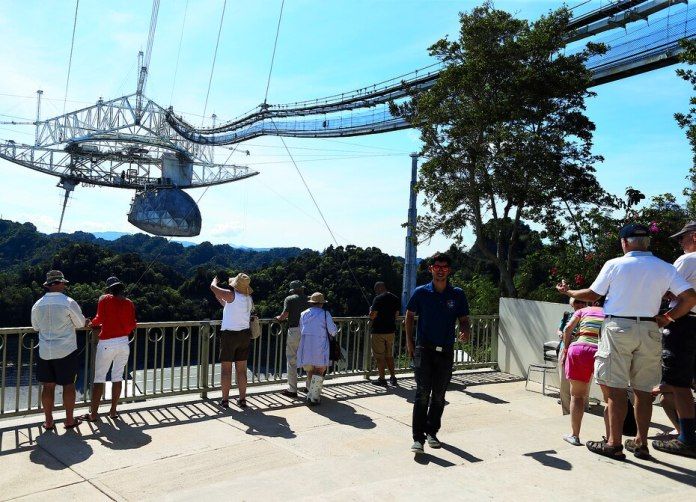
Despite its demolition, they would seek to explore possibilities to expand the educational capabilities of the learning center. (GFR Average)
Asked whether in some way the slight seismic wave caused the fall of the scientific platform, Huérfano pointed out that it is very difficult that the earthquake caused the collapse of the radio telescope.
“The seismic signal is detected by the sensors because they are designed for that, but these supporting columns of the dome could hardly have felt the seismic wave. Although that had been weakening, but rather its fall was due to a matter of tension and cable support “, he said.
He insisted that it was a matter of pure chance. However, he made it clear that it is very possible that the Observatory’s main support structure has lost some kind of strength after the constant seismic activity that affected the island at the beginning of this year.
In fact, even in the months of May to June there were hundreds of earth movements between the south and southwest of the island, some of them perceived in the rest of the local area.
However, the Observatory’s first structural failure was on August 10 when the first support cable collapsed and then on November 6 when a second cable broke. Since then, the more than 900 tons of the radio telescope have been suspended only with the support of secondary cables that were not designed to support all that weight.
“We join the grief that all scientists and all the public have. Puerto Rico loses a jewel and an important contribution to the world. We join this collective sadness “Orphan pointed out.
The radio telescope – one of the largest in the world – had a 1,000-foot-wide reflector dish and a 900-ton Gregorian dome or instrument platform, hanging 450 feet high.
These were the details of the news The Seismic Network registered a tremor seconds before the collapse of the Arecibo radio telescope for this day. We hope that we have succeeded by giving you the full details and information. To follow all our news, you can subscribe to the alerts system or to one of our different systems to provide you with all that is new.
It is also worth noting that the original news has been published and is available at en24news and the editorial team at AlKhaleej Today has confirmed it and it has been modified, and it may have been completely transferred or quoted from it and you can read and follow this news from its main source.


